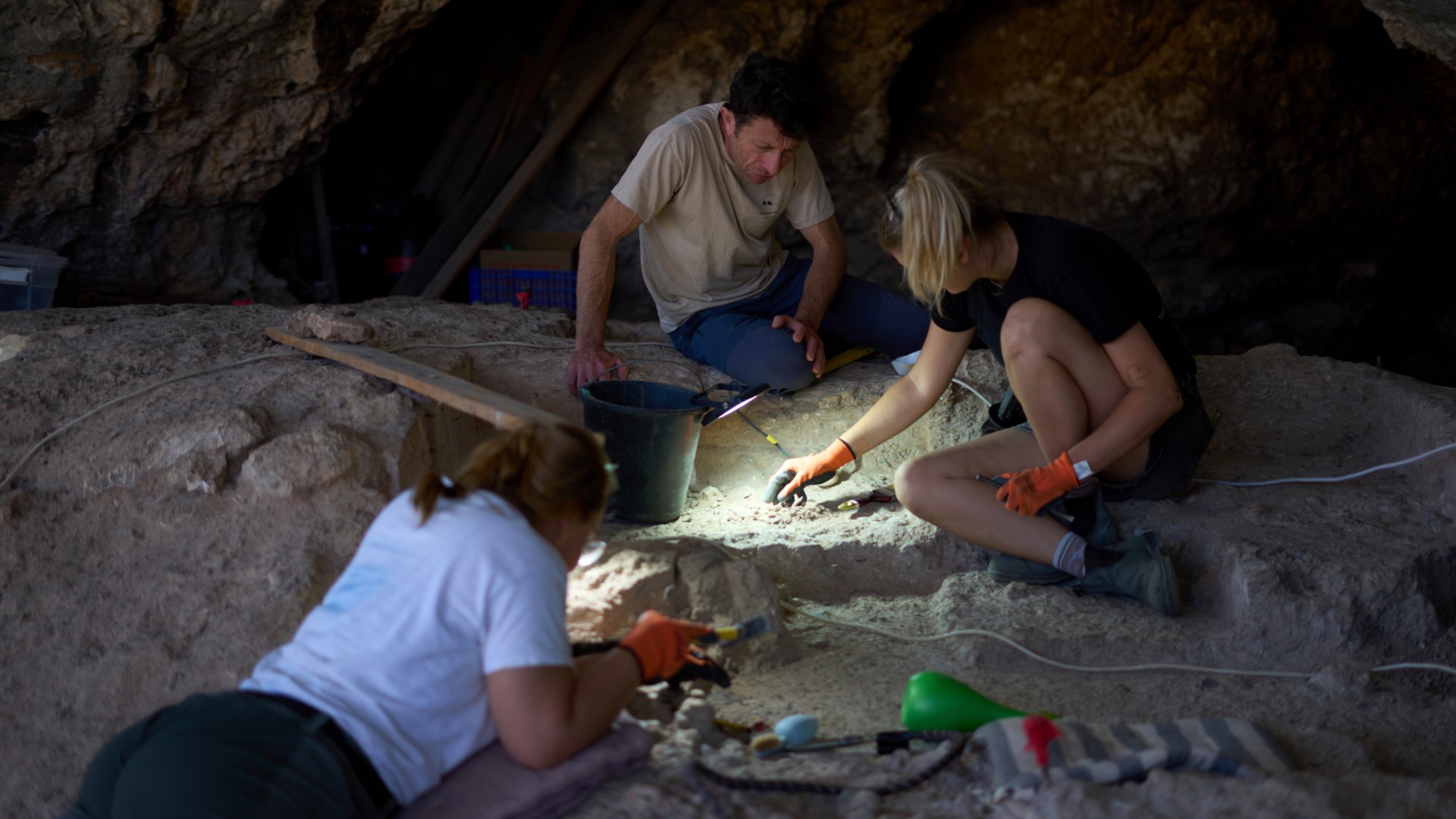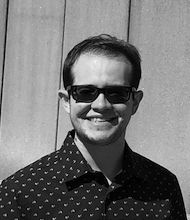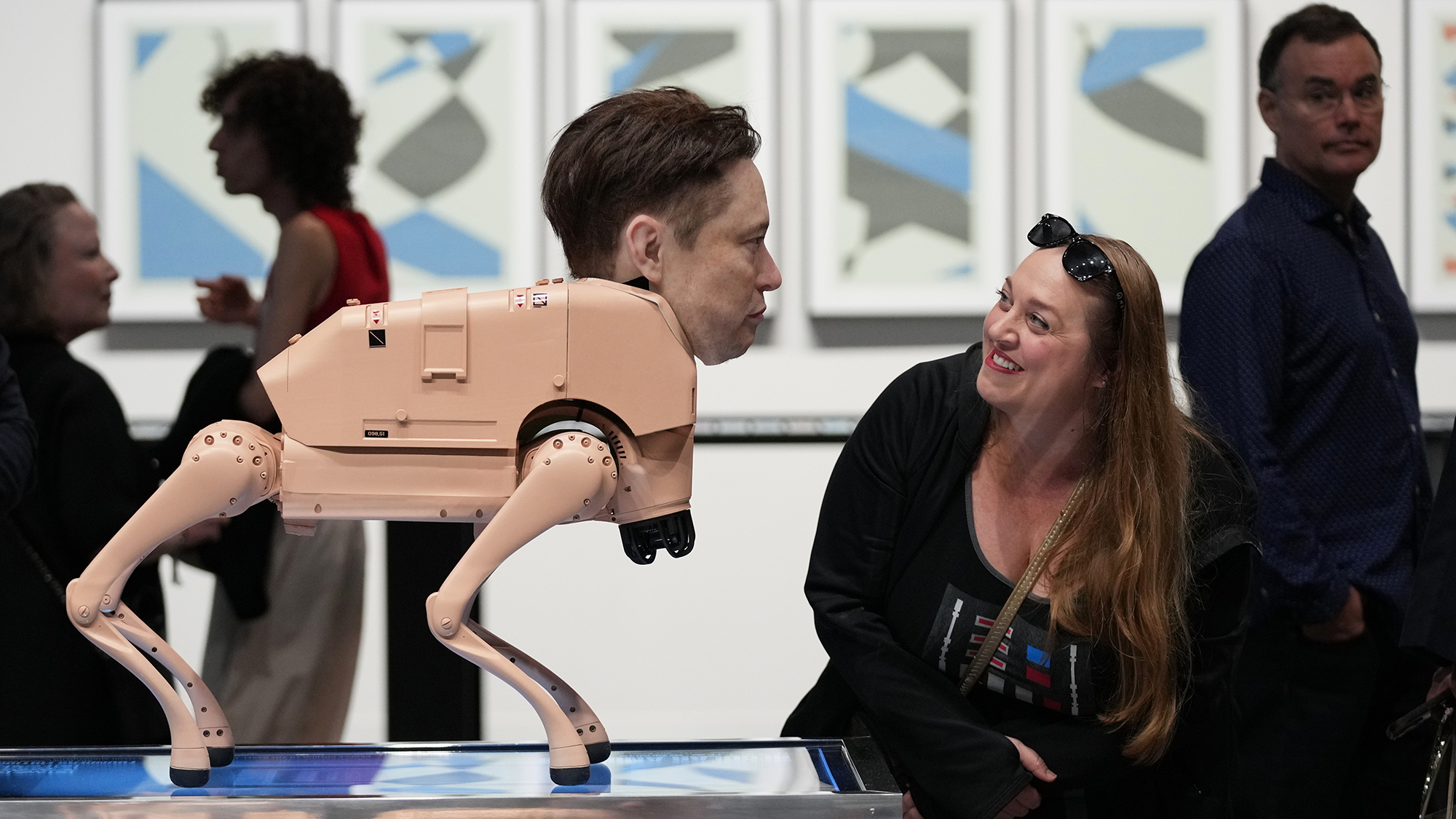An ancient Israeli cave teaches new archaeological lessons
The cave is believed to be one of the world's oldest burial sites


Archaeologists have been excavating Israel's Tinshemet Cave for nearly a decade, but a recent discovery in the cave is getting attention for what it reveals about human behavior. Experts hope the uncovering of a primitive burial ground will shed new light on how early humans honored their dead and how those rituals persist today.
What did archaeologists find in the cave?
The discovery was published in the journal Nature Human Behavior in March but only gained traction in the news several months later. At the cave, located in the hills of central Israel, archaeologists found what is believed to be "one of the oldest burial sites in the world," where the "well-preserved remains of early humans dating back some 100,000 years were carefully arranged in pits," said The Associated Press.
Archaeologists have found human remains at the cave before, some even older than 100,000 years. But this latest discovery is notable because of "objects found beside the remains that may have been used during ceremonies to honor the dead," said the AP, which could illuminate "how our ancient ancestors thought about spirituality and the afterlife."
The Week
Escape your echo chamber. Get the facts behind the news, plus analysis from multiple perspectives.

Sign up for The Week's Free Newsletters
From our morning news briefing to a weekly Good News Newsletter, get the best of The Week delivered directly to your inbox.
From our morning news briefing to a weekly Good News Newsletter, get the best of The Week delivered directly to your inbox.
Objects found at the burial grounds include "basalt pebbles, animal remains or fragments of ochre, a reddish pigment made from iron-rich rocks," said The Jerusalem Post. Many of these objects had "no known practical use for daily life, suggesting they were part of rituals meant to honor the dead." The remains themselves were also well-preserved, and one was in "such good condition that archaeologists could observe how the fingers were interwoven."
Why is this important?
The discovery is "reshaping our understanding of human interactions during the Middle Paleolithic period," said the American Friends of the Hebrew University in a press release. It can "suggest the presence of shared rituals and strong communal bonds," which could share direct links to the funerary practices of today.
Leaders of the excavation have underscored the importance of the find. It is an "amazing revolutionary innovation for our species," said Yossi Zaidner, a professor of archaeology at Hebrew University in Jerusalem and one of the excavation directors, to the AP. While early humans were known to bury their dead, this burial ground is evidence of the "first time we are starting to use this behavior."
The burial findings are also "bolstering earlier discoveries from two similar burial sites dating to the same period in northern Israel," said Christian Tryon, a professor at the University of Connecticut, to the AP. These caves were excavated 100 years ago and 50 years ago, respectively, so there are "many uncertainties with those sites, but this is confirming it's a pattern we know, and they're really nailing down the dates."
A free daily email with the biggest news stories of the day – and the best features from TheWeek.com
Mysteries still remain, however, and it will "take many more years to fully excavate the site," said Newsweek. This is because archaeologists must use "hand chisels and pen-sized pneumatic drills resembling dental tools" to preserve the cave. But as more of the cave is excavated, researchers "hope to deepen their understanding of how and when early humans began treating death with ritual, symbolism and meaning."
Justin Klawans has worked as a staff writer at The Week since 2022. He began his career covering local news before joining Newsweek as a breaking news reporter, where he wrote about politics, national and global affairs, business, crime, sports, film, television and other news. Justin has also freelanced for outlets including Collider and United Press International.
-
 Quiz of The Week: 29 November – 5 December
Quiz of The Week: 29 November – 5 DecemberQuiz Have you been paying attention to The Week’s news?
-
 The week’s best photos
The week’s best photosIn Pictures A drive in the desert, prayers with pigeons, and more
-
 The Week Unwrapped: Will drought fuel global violence?
The Week Unwrapped: Will drought fuel global violence?Podcast Plus why did Trump pardon a drug-trafficking president? And are romantic comedies in terminal decline?
-
 Americans traveling abroad face renewed criticism in the Trump era
Americans traveling abroad face renewed criticism in the Trump eraThe Explainer Some of Trump’s behavior has Americans being questioned
-
 Israel jolted by ‘shocking’ settler violence
Israel jolted by ‘shocking’ settler violenceIN THE SPOTLIGHT A wave of brazen attacks on Palestinian communities in the West Bank has prompted a rare public outcry from Israeli officials
-
 Why these Iraqi elections are so important
Why these Iraqi elections are so importantThe Explainer The US and Israel are increasingly pressuring Baghdad to tackle Iran-backed militants, while weakened Iran sees Iraq as a vital remaining ally
-
 Israel arrests ex-IDF legal chief over abuse video leak
Israel arrests ex-IDF legal chief over abuse video leakSpeed Read Maj. Gen. Yifat Tomer-Yerushalmi had resigned from her post last week
-
 Sudan stands on the brink of another national schism
Sudan stands on the brink of another national schismThe Explainer With tens of thousands dead and millions displaced, one of Africa’s most severe outbreaks of sectarian violence is poised to take a dramatic turn for the worse
-
 Gaza’s reconstruction: the steps to rebuilding
Gaza’s reconstruction: the steps to rebuildingIn The Spotlight Even the initial rubble clearing in Gaza is likely to be fraught with difficulty and very slow
-
 ‘Extraordinary asymmetry’: the history of Israeli prisoner swaps
‘Extraordinary asymmetry’: the history of Israeli prisoner swapsIn The Spotlight Exchange of Israeli hostages for Palestinian detainees is the latest in a series of trades in which Israeli lives appear to count for more
-
 Youth revolts rattle Morocco as calls against corruption grow louder
Youth revolts rattle Morocco as calls against corruption grow louderTHE EXPLAINER Snowballing controversy over World Cup construction and civic services has become a serious threat to Morocco’s political stability
